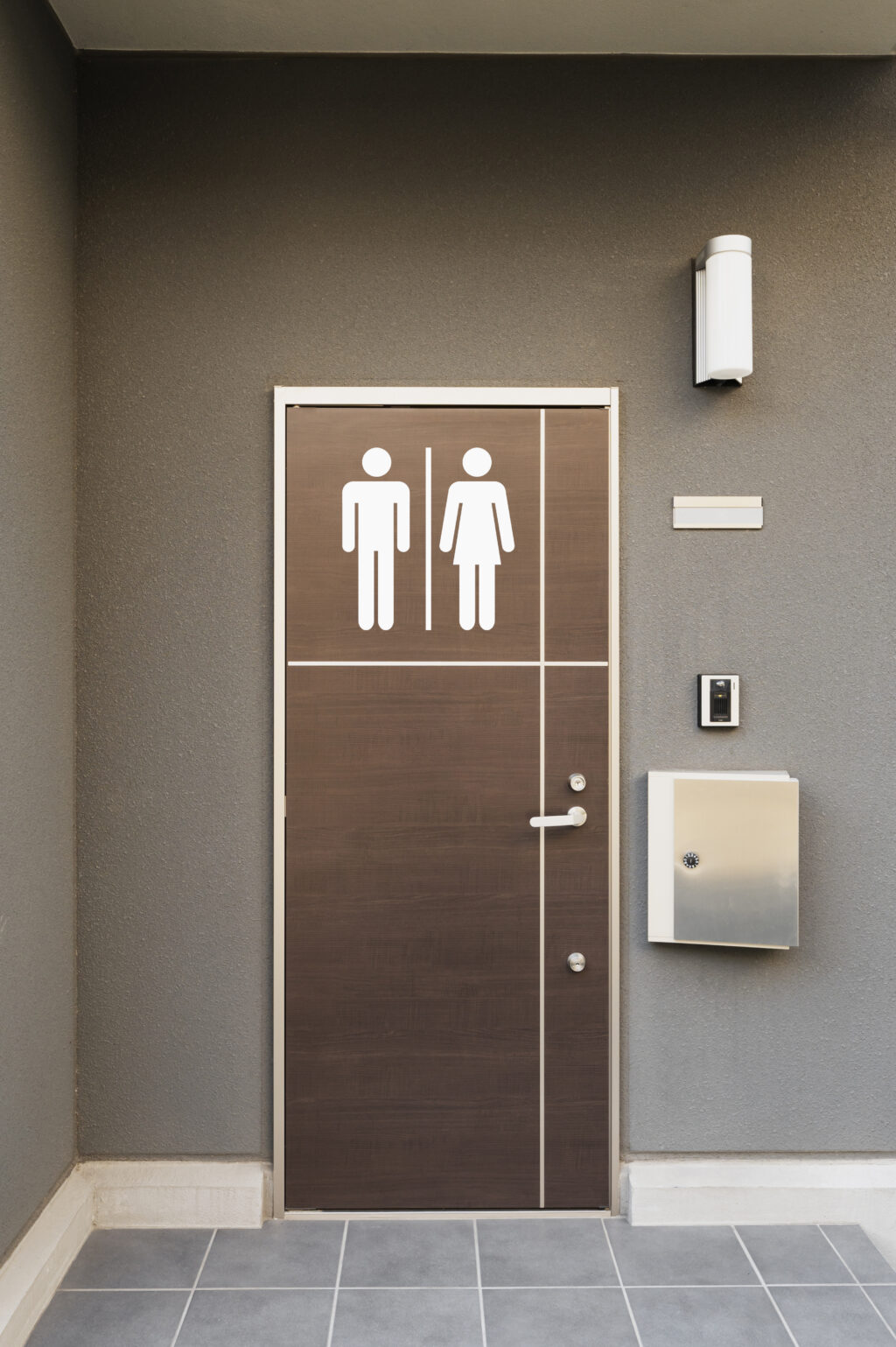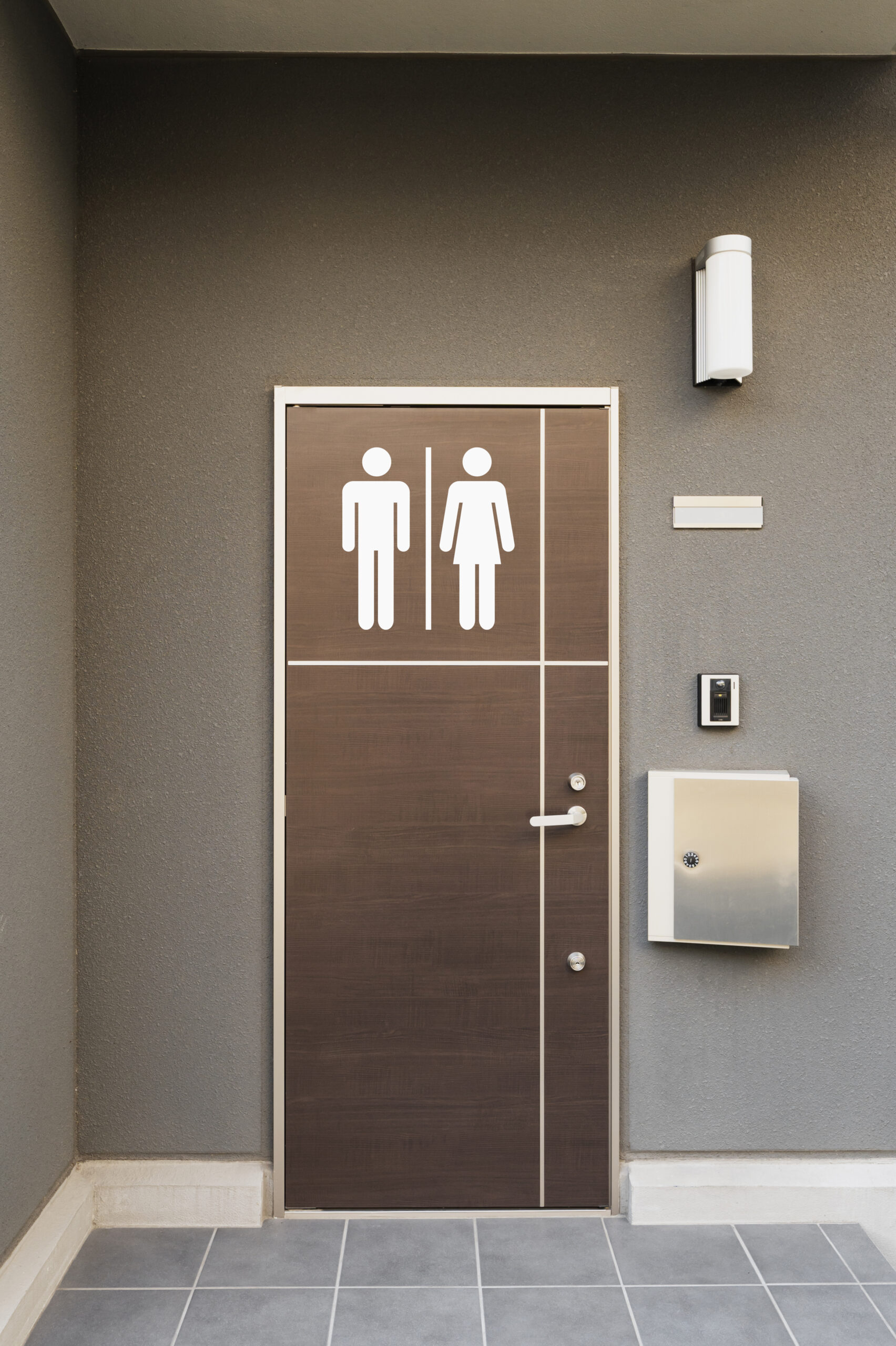Hygiene and Sanitation in American Restaurants: What You Need to Know

Hygiene and sanitation are paramount in the restaurant industry, directly impacting public health and customer satisfaction. With increasing awareness and regulatory scrutiny, maintaining high hygiene standards is more critical than ever for American restaurants. This blog will explore the importance of hygiene and sanitation in restaurants, common challenges, regulatory standards, and best practices to ensure a safe dining experience.
Importance of Hygiene and Sanitation
The significance of hygiene and sanitation in restaurants cannot be overstated. Proper sanitation practices prevent foodborne illnesses, protect customer health, and ensure compliance with food safety regulations. Additionally, maintaining cleanliness fosters a positive reputation and encourages customer loyalty.
1. Food Safety: Contaminated food can lead to serious health issues, including food poisoning and infections. Ensuring that food is prepared, cooked, and stored in a hygienic environment is essential to prevent these risks.
2. Customer Trust: Cleanliness is a crucial factor in building customer trust. Patrons are more likely to return to a restaurant that demonstrates a commitment to hygiene and safety.
3. Regulatory Compliance: Restaurants must adhere to local, state, and federal health regulations. Failure to comply can result in fines, closures, and damage to the establishment’s reputation.
Common Challenges in Restaurant Hygiene
Despite its importance, maintaining hygiene in a busy restaurant environment presents several challenges:
1. High Foot Traffic: Restaurants often experience high foot traffic, which can lead to rapid accumulation of dirt and germs. Frequent cleaning is necessary to keep the premises sanitary.
2. Time Constraints: Busy kitchens and dining areas leave little time for thorough cleaning. Staff must balance efficient service with maintaining hygiene standards.
3. Diverse Food Handling: Handling various types of food, including raw meats, vegetables, and ready-to-eat items, increases the risk of cross-contamination. Strict protocols are required to mitigate this risk.
4. Staff Training: Consistent hygiene practices depend on well-trained staff. Turnover in the restaurant industry can make ongoing training a challenge.
Regulatory Standards
Regulatory agencies, such as the Food and Drug Administration (FDA) and local health departments, set stringent standards for restaurant hygiene and sanitation. Key areas of focus include:
1. Food Handling: Regulations specify how food should be handled, from storage to preparation and serving, to prevent contamination.
2. Facility Cleanliness: Standards cover the cleanliness of kitchen equipment, dining areas, restrooms, and storage facilities.
3. Pest Control: Effective pest control measures are mandatory to prevent infestations that can compromise food safety.
4. Employee Hygiene: Regulations require that employees follow personal hygiene practices, including regular handwashing and wearing clean uniforms.
Best Practices for Restaurant Hygiene
To meet regulatory standards and ensure customer safety, restaurants should implement the following best practices:
1. Regular Cleaning Schedules: Establish and adhere to rigorous cleaning schedules for all areas of the restaurant. Focus on high-touch surfaces, kitchen equipment, and restrooms.
2. Proper Food Storage: Store food at appropriate temperatures and separate raw and cooked items to prevent cross-contamination.
3. Staff Training: Provide ongoing training for all employees on hygiene practices, food safety protocols, and the importance of maintaining a clean environment.
4. Use of Sanitizers and Disinfectants: Utilize approved sanitizers and disinfectants for cleaning surfaces and equipment. Ensure that these products are used according to manufacturer instructions.
5. Personal Hygiene: Enforce strict personal hygiene standards for staff, including regular handwashing, using gloves when necessary, and wearing clean uniforms.
6. Pest Control Programs: Implement proactive pest control programs to prevent infestations. Regular inspections and timely interventions are crucial.
Conclusion
Hygiene and sanitation are foundational to the success and safety of American restaurants. By adhering to regulatory standards, addressing common challenges, and implementing best practices, restaurants can ensure a safe and pleasant dining experience for their customers. Ultimately, a commitment to cleanliness not only protects public health but also fosters trust and loyalty among patrons, contributing to the long-term success of the establishment.










